39 how to use food labels
Food Labeling & Nutrition | FDA Food labeling is required for most prepared foods, such as breads, cereals, canned and frozen foods, snacks, desserts, drinks, etc. Nutrition labeling for raw produce (fruits and vegetables) and... Food & Beverage Labels - Blank or Custom Printed | Avery.com Choose one of our free designs or use a blank template to upload your logo and information to customize your way. Simply order your labels online and then print your food and beverage labels or ingredient labels from an inkjet or laser printer or have your custom printed labels delivered in as few as three business days.
The Ultimate Guide to Food Rotation Labels | Dot It There are four main material types for food rotation labels: Dissolve It, Might Peel, Ultra Removable, and Cold Temp. You can learn more about material types here . Dissolve It, Dissolve It labels are completely dissolvable and will disappear in 30 seconds or less in any water temperature. No sticky residue; no mess.

How to use food labels
Understanding Food Labels - The Nutrition Source Under the Food Allergen Labeling and Consumer Protection Act of 2004, eight major food allergens—milk, fish, tree nuts, peanuts, shellfish, wheat, eggs, and soybeans—are required to be listed in a "contains" statement near the Ingredients list if present in a food. An example would be "contains wheat, milk, and soy.", 10 Food Labels You Can't Trust - Dr. Axe A recent report sounded the alarms, noting that hard-to-kill bacteria will be linked to 10 million deaths a year by 2050 if we go about business as usual. ( 1) The rise of drug-resistant superbugs can be partially traced back to feeding low-dose antibiotics to food-producing animals. And there's a good chance those dangerous, potentially life ... Using Food Labels | BioEd Online All food labels must present the same basic information in a standard format. This information includes, at minimum, the amount per serving of saturated fat, cholesterol, sodium, dietary fiber, and other nutrients known to be important for health.
How to use food labels. How to read food labels | healthdirect Sugar: Sugar is a type of carbohydrate. It is better to choose healthier carbohydrates and to limit foods that are high in added sugars. Fibre: High fibre foods such as wholegrain bread and cereals improve digestion and help you to feel full. Sodium: This tells you how much salt the product contains. Eating too much salt is linked to high blood pressure and can lead to heart disease, … How to Read Food Labels Without Being Tricked - Healthline A good rule of thumb is to scan the first three ingredients, as they make up the largest part of what you're eating. If the first ingredients include refined grains, a type of sugar, or... Use food labels - Canada's Food Guide Food labels provide information you can use to make informed choices about foods and drinks at the grocery store and at home. Food labels can help you: compare and choose products more easily, know what ingredients a food product contains, choose products with a little or a lot of the nutrients that are of interest to you, Changes to food labels, What is required on a food label? - USDA A meat and poultry label is required to contain 8 features. These are: the product name, inspection legend and est. number, handling statement, net weight statement, ingredients statement, address line, nutrition facts, and, safe handling instructions. These requirements are found in the Code of Federal Regulations (9CFR 317.2/381 Subpart N).
Food Labels Explained - Farm Aid Organic labels can be found on produce, dairy, meat, processed foods, condiments and beverages. Food products labeled "organic" must contain at least 95% organic ingredients with no synthetic growth hormones, antibiotics, pesticides, biotechnology, synthetic ingredients or irradiation used in production or processing. How to Use Food Labels to Guide Healthy Food Choices Checking food labels can help you select foods that fit right into your strategy to lose weight and improve health. The nutrition facts panel and list of ingredients can guide you. It can be simpler than you might think to take advantage of all this information. Nutrition Facts Panel, Use of the Term Natural on Food Labeling | FDA How the agency should determine appropriate use of the term on food labels. Content current as of: 10/22/2018. Regulated Product(s) Food & Beverages; Food Labeling & Nutrition FDA’s Nutrition ... Food Labels | Nutrition.gov Food Labels Food Labels. Food labels can help you make healthy choices when buying food in grocery stores or restaurants. Labeling Organic Products. USDA, Agricultural Marketing Service, National Organic Program. Learn about organic foods, requirements, and how they are labeled. Calories on the Menu. HHS, Food and Drug Administration. Calorie labeling on menus can help …
Understanding Food Nutrition Labels | American Heart Association 1 - Start with the serving information at the top. This will tell you the size of a single serving and the total number of servings per container (package). 2 - Next, check total calories per serving and container. Pay attention to the calories per serving and how many calories you're really consuming if you eat the whole package. How to Use the Nutrition Fact Label, Eat Right, NHLBI, NIH Use the Percent Daily Value (% DV) column when possible; 5% DV or less is low, 20% DV or more is high, Visit the Smart Food Shopping page and learn how the label can help you choose foods lower in calories, fat, and added sugar to help maintain a healthy weight. Last Updated: February 13, 2013, Food labels - NHS You can use nutrition labels to help you choose a more balanced diet. For a balanced diet: eat at least 5 portions of a variety of fruit and vegetables every day, base meals on potatoes, bread, rice, pasta or other starchy carbohydrates - choose wholegrain or higher fibre where possible, How To Read Food and Beverage Labels - National Institute on Aging The U.S. Food and Drug Administration (FDA) requires a Nutrition Facts label on most packaged foods and beverages. At the top of the Nutrition Facts label, you will find the total number of servings in the container and the food or beverage's serving size.
USDA ERS - Food Labeling The Nutrition Facts Label (NFL), mandated through the 1990 Nutrition Labeling and Education Act (NLEA), is a familiar feature on packaged food. The label has changed only slightly since its inception in 1994, with trans fat added in 2006 to the nutrients required to be listed. In a 2012 report, ERS researchers found that between 2005 and 2010 ...
Reading Food Labels | ADA - American Diabetes Association Put food labels to work. The Nutrition Facts labels on foods are really the key to making the best choices. We'll cover the basics so that these labels make shopping easier for you. You've heard it all. From carb-free to low-carb, to whole and empty carbs, it's hard to know what it all means. Blood sugar highs and lows aren't always ...
Use-By, Sell-By, Best-By: Food Dating Labels Explained - WebMD Labels Explained. "Best if Used By" or "Best if Used Before": The date the product will have its best flavor or quality. "Use-By": The last date the product will likely be at its ...
Food Labels | CDC - Centers for Disease Control and Prevention If you eat the whole thing, you are eating 8 times the amount of calories, carbs, fat, etc., shown on the label. Total Carbohydrate shows you types of carbs in the food, including sugar and fiber. Choose foods with more fiber, vitamins, and minerals. Choose foods with lower calories, saturated fat, sodium, and added sugars. Avoid trans fat.
How to read food labels: MedlinePlus Medical Encyclopedia If a label says that a food has 100 mg of sodium, this means it has about 250 mg of salt. You should eat no more than 2,300 mg of sodium per day. This is the amount of sodium that is in 1 measuring teaspoon of table salt. Ask your health care provider if you should have even less. The % daily value is included on the label as a guide.
How to understand food labels | Eat For Health The Nutrition Information Panel on a food label offers the simplest and easiest way to choose foods with less saturated fat, salt (sodium), added sugars and kilojoules, and more fibre. It can also be used to decide how large one serve of a food group choice or discretionary food would be and whether it's worth the kilojoules.
Food Labeling: MedlinePlus With this, you can figure out if a food is high or low in a nutrient: 5% or less is low, 20% or more is high. The information on a food label can help you see how a certain food or drink fits into your overall diet. The label lists, per serving,: The number of calories. Fats, including total fat, saturated fat, and trans fat. Cholesterol. Sodium.
How to Understand and Use the Nutrition Facts Label | FDA - U.S. Food ... You can use the label to support your personal dietary needs - look for foods that contain more of the nutrients you want to get more of and less of the nutrients you may want to limit. Nutrients...
13 Misleading Food Label Claims and How Not to Be Tricked - Sentient Media 9. Label Says "Multigrain". Though the term " multigrain " may elicit a vision of multiple healthy whole grains all being put in one product, this is likely not the case. The term simply means that a variety of grains were used in the food; most, if not all, of these grains are likely refined. 10.
The Frustrating Truth Behind 'Sell By,' 'Use By,' And 'Best By' Food Labels A date label marked "sell by" is simply so the store knows how long the product should be kept in stock. If a date label says "best if used by/before" or "use by," it doesn't mean the product is ...
5 Understanding Food Labels and Health Claims - Maricopa Always check the food label to evaluate total calories, fat, protein, carbohydrates, vitamin, and sodium content. The percent DV (daily value) is the nutrient's percentage in the food about its recommended intake. It is a guide to determine if a food is a good or poor source of nutrients. Do You Know,
Using Food Labels | BioEd Online All food labels must present the same basic information in a standard format. This information includes, at minimum, the amount per serving of saturated fat, cholesterol, sodium, dietary fiber, and other nutrients known to be important for health.
10 Food Labels You Can't Trust - Dr. Axe A recent report sounded the alarms, noting that hard-to-kill bacteria will be linked to 10 million deaths a year by 2050 if we go about business as usual. ( 1) The rise of drug-resistant superbugs can be partially traced back to feeding low-dose antibiotics to food-producing animals. And there's a good chance those dangerous, potentially life ...
Understanding Food Labels - The Nutrition Source Under the Food Allergen Labeling and Consumer Protection Act of 2004, eight major food allergens—milk, fish, tree nuts, peanuts, shellfish, wheat, eggs, and soybeans—are required to be listed in a "contains" statement near the Ingredients list if present in a food. An example would be "contains wheat, milk, and soy.",
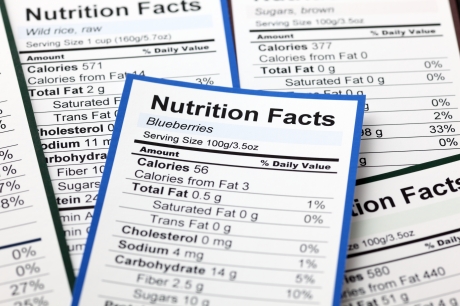






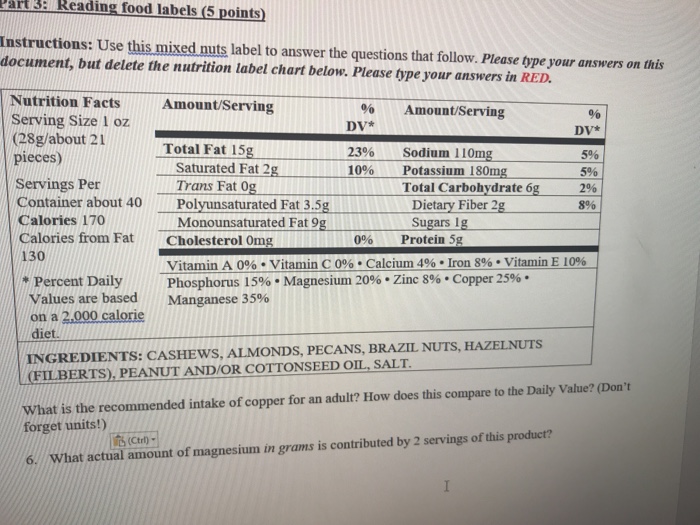






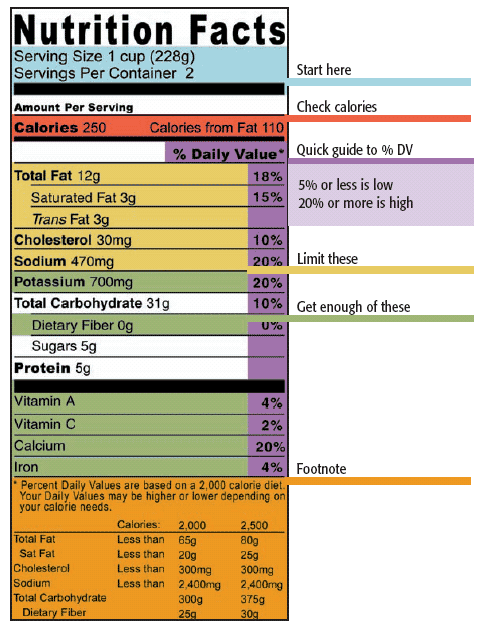




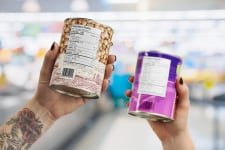









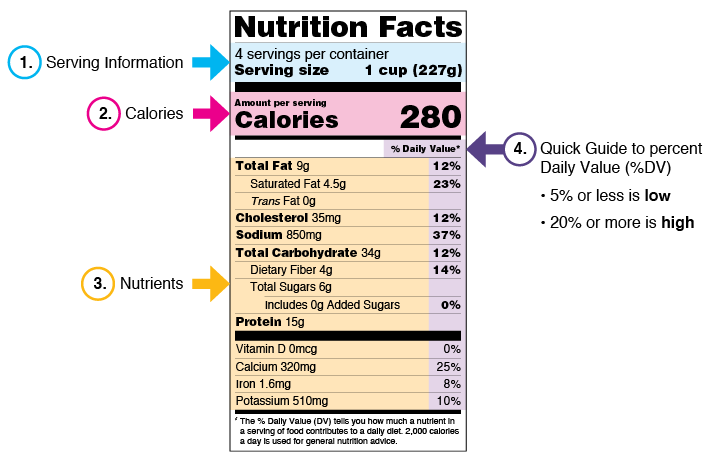



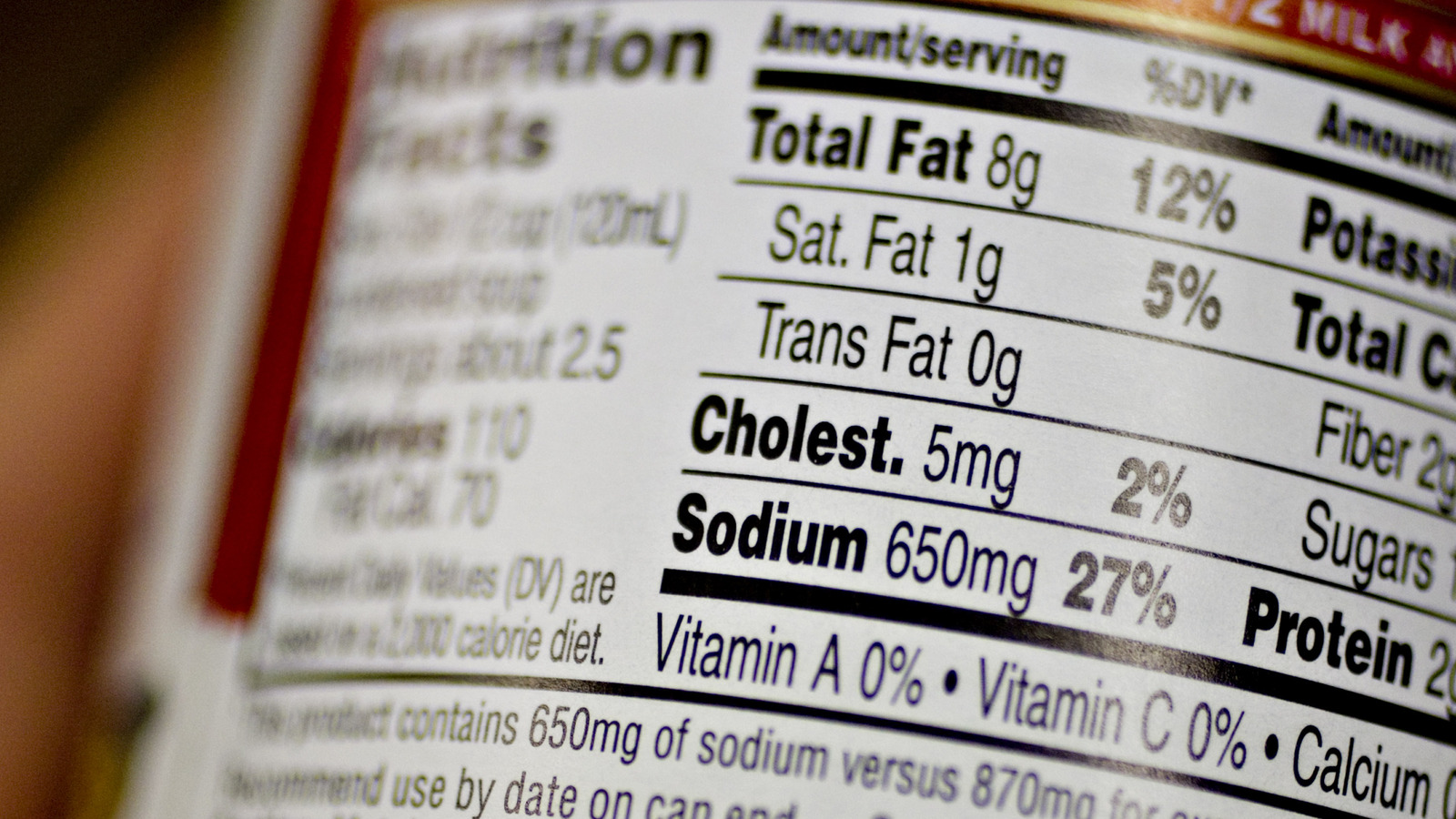

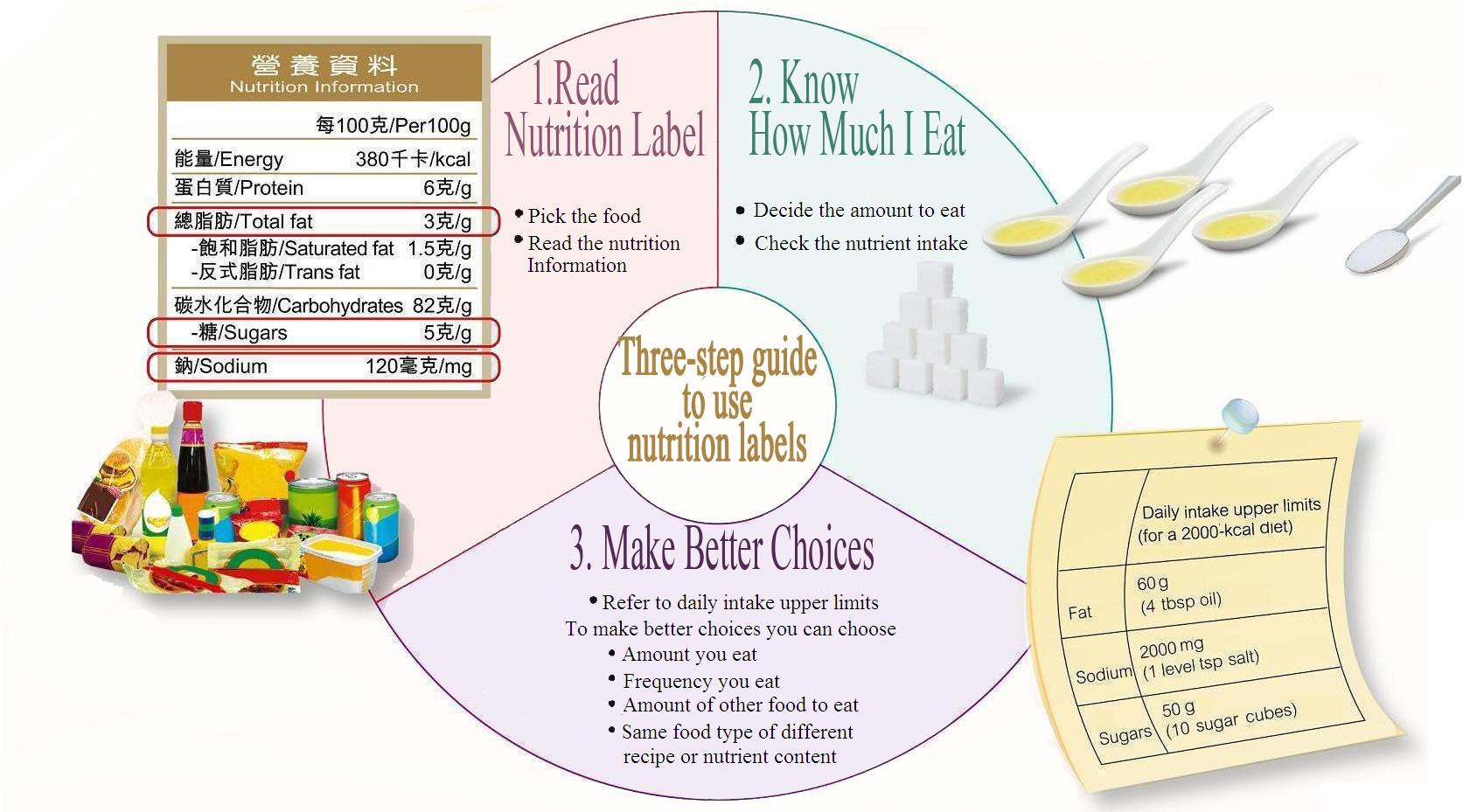
Post a Comment for "39 how to use food labels"